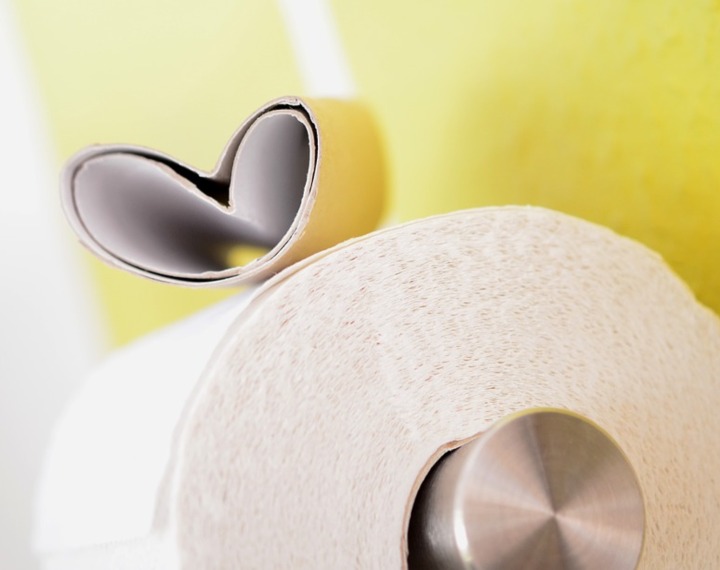Myth vs Fact: Responsible Flushing
 Recently a large amount of focus has been put into the use of single-use plastics and what is being flushed down our toilets. However, in care environments, certain single-use plastics are vital for providing safe and hygienic care, which is why dispelling myths about what is actually blocking our sewers is so crucial to the care sector.
Recently a large amount of focus has been put into the use of single-use plastics and what is being flushed down our toilets. However, in care environments, certain single-use plastics are vital for providing safe and hygienic care, which is why dispelling myths about what is actually blocking our sewers is so crucial to the care sector.
Myth 1 vs. Fact 1
Myth: Flushable toilet tissue and wipes are the largest culprits of clogging up sewers.
Fact: It’s paper towels that are actually causing the most problems for sewers - did you know that paper towels cause the largest amount of debris found in our waterways? They account for almost 50% of blockages and debris. Of course, this isn’t a huge surprise as research has shown that 44% of people who flush non-flushable things choose to flush paper towels.
Second to paper towels, the biggest offenders were baby wipes, feminine hygiene products and household and personal care wipes. While flushable wipes only accounted for 8% of the debris found, which is a minimal amount and was only due to the accumulation of other items causing a blockage to begin with - even pieces of toilet paper were found in that blockage.
Myth 2 vs Fact 2
Myth: The wipes industry is not addressing the issues.
Fact: For years, the wipes industry has been collaborating with manufacturing companies and the waste sector, in addition to retailers and communities to build awareness about the safe disposal of wipes and educate users in terms of which wipes are, in fact, flushable, and which wipes are not flushable.
Myth 3 vs. Fact 3
Myth: By regulating the labelling and marketing of wipes, this is the only way to ensure that non-flushable wipes remail out of toilets and aren’t flushed away.
Fact: The wipes industry itself is in the best position to improve its products and communicate useful legislation in terms of how they are made, labelled and marketed. Focusing on the wrong culprit - truly flushable wipes - won’t solve the issue at hand. In care environments, flushable wipes are a crucial hygiene tool, which is why understanding that they are not the cause of the issue is so crucial.
Myth 4 vs. Fact 4
Myth: Flushable wipes aren’t actually flushable and should not be flushed.
Fact: Wipes that are marketed as being flush-friendly are specially designed and engineered to be flushed. This means that they can be safely disposed over down the toilet and won’t impact the sewer or water system. Manufacturers are committed to helping consumers make informed decisions about product use and disposal, not misleading on a key feature.
The industry has a rigorous set of flushability assessment tests for products that may be labelled “flushable”. It’s a set of tests that are constantly periodically updated to keep pace with the best available information, science and product innovation.
There you have it, a guide to all the worst myths surrounding flushable wipes.




